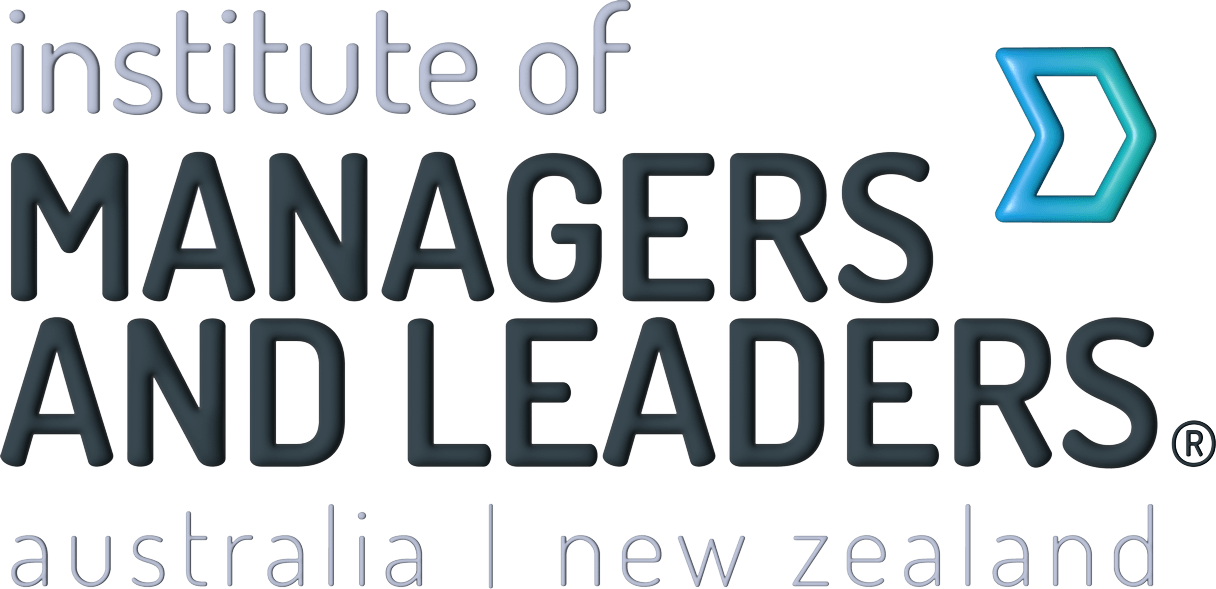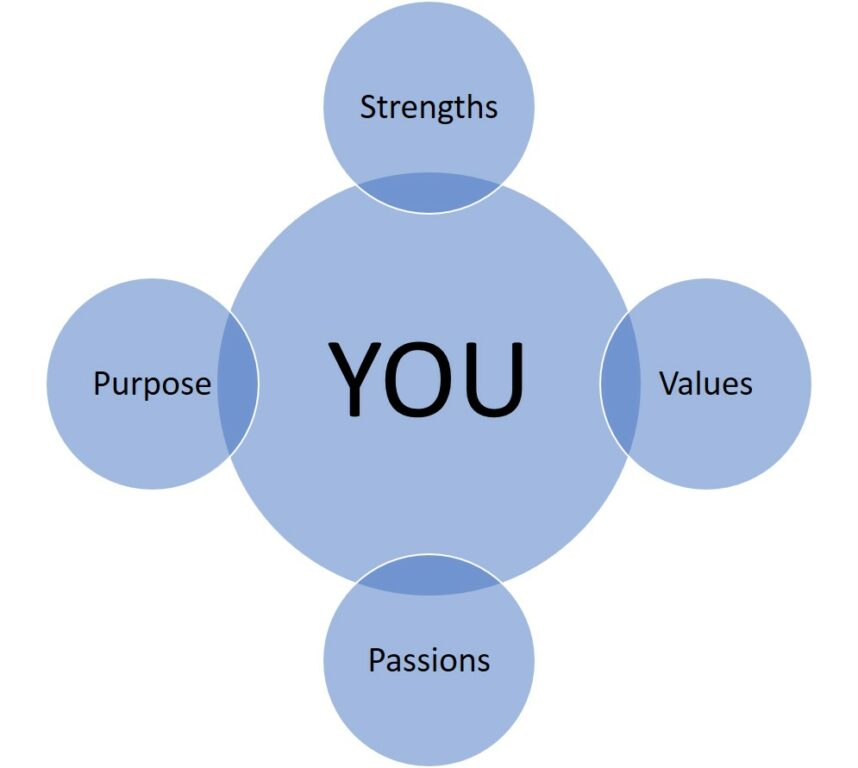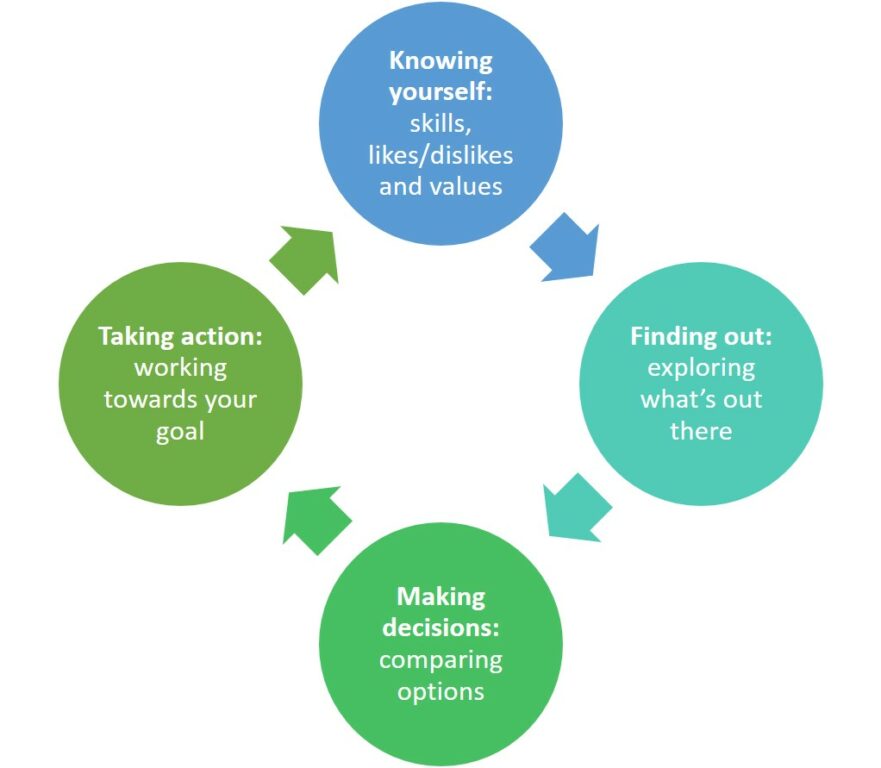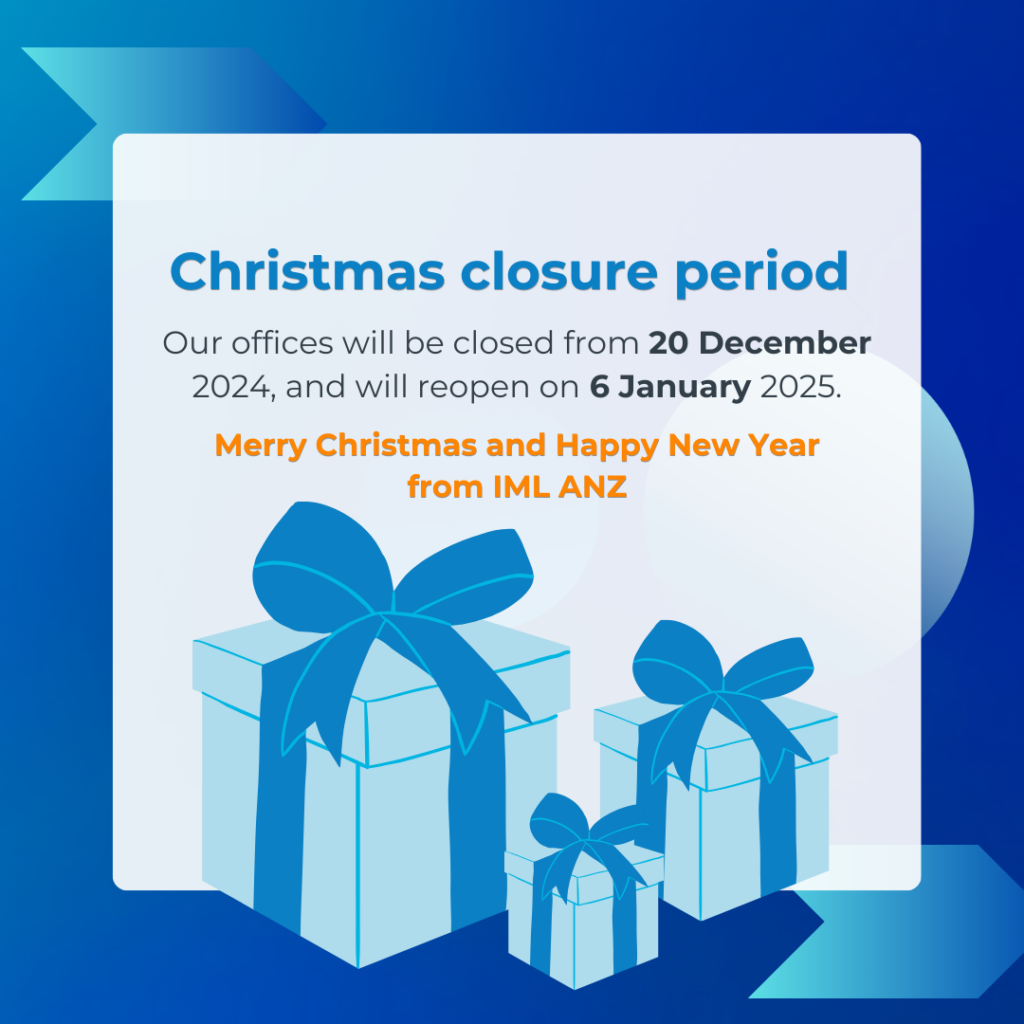In an opinion piece for the Sydney Morning Herald, Jim Bright, professor of career education and development at ACU, discussed how to get ahead in your career and leadership. Bright states, “If you want to get ahead, work with what is in front of you, not what you think should be in front of you. Great leaders are great improvisers in the sense that they make do… with whatever is at their disposal”.
Indeed, it can be so easy to blame others or external circumstances for your situation – but leaders are decisive and get on with it regardless of the situation. They take limitations and turn them into opportunities to innovate and collaborate.
That’s why having the right tools or resources at hand matters. Depending on the situation you face, there is a wealth of materials leaders can draw upon to help them tackle the challenges.
Constructive criticism
Bright also discussed the need to surround yourself with “people who care enough to be critical in a positive way”. If leaders only surround themselves with “yes” people, a toxic environment can result as colleagues and staff resent the narrow view and are frustrated with their own inability to make changes. The “yes” people can be reasonably safe, but only for so long. Good leaders need people they can trust, who keep them honest, question, critique and explore opportunities.
Soft skills
Effective leaders need to have a vision, but the vision is limited if it can’t be communicated effectively. Effective leaders are hard on themselves in a way that creates growth rather than destruction. Effective leaders are flexible and adaptable enough to seek solutions to challenges and strong enough to hold their vision and include others in their successes.
Analytics tools
As a leader, it’s very important to have a grounded assessment of your strengths and areas of challenge. There are many psychometric tools available and if used as a tool, rather than a prescription, are very effective to know what strengths you play to and where your areas of growth could be. The list below is just a sample of what’s available – all have similarities and it’s really a matter of personal preference, access and cost.
- Myers Briggs Type Indicator (MBTI) – personality tool
- DiSC – behavioural profiling tool
- Print – Unconscious Motivators tool
- Strengths Finder (Tom Rath)
- Life Styles Indicator (LSI) – underlying thoughts and motivations leading to behaviours
- Enneagram – personality tool
- Harrison Assessments – talent management tool
Books on leadership
There is a huge spectrum of leadership books on the market. The following list is a small introduction to get you thinking about different leadership elements and approaches.
- The 7 Habits of Highly Effective People, by Stephen R. Covey, continues to be a very powerful self-development tool for leaders, especially if you are new to leadership.
- The Truth about Trust (in Business), by Vanessa Hall, provides practical and anecdotal insights on how to increase results, retention and improve business relationships.
- The Five Literacies of Global Leadership by Richard David Hames focussing on authentic leadership in a changing, and frequently challenging time.
- Primal Leadership: Realising the Power of Emotional Intelligence by Daniel Goleman who builds on his Emotional Intelligence book and specifically looks at its application to leadership.
- The 5 Levels of Leadership: Proven Steps to Maximise Your Potential by John C. Maxwell explains how leadership doesn’t come from a title, but it’s about the ability to inspire and build a team that produces not only results but also future leaders.
- Start with Why: How Great Leaders Inspire Everyone to Take Action by Simon Sinek. Explores beyond what and how we do our roles and delves into the Why – because this is the thing that inspires us and those around us.
- Leading from the Emerging Future: From Ego-System to Eco-System Economies by Otto Scharmer and Katrin Kaufer who explore the need for shifting from an “ego-system” focussed on oneself to an eco-system which emphasises the well-being of the whole.
- Dialogue: The Art of Thinking Together by William Isaacs. This book, based on over ten years’ research, discusses the value within organisations to use language and listening successfully to build positive cultures.
- The Leader’s Digest: Timeless Principles for Team and Organization Success by Jim Clemmer is a series of insights and bite-sized briefings on the timeless principles of leading people.
- Clear Leadership: Sustaining Real Collaboration and Partnership at Work by Gervase R. Bushe who provides interesting and challenging insights into how to build organisational cultures without fear, creating a culture where healthy partnerships and collaboration are organised and sustained.
- Leadership Matters: 7 Skills of Very Successful Leaders by David Pich and Ann Messenger. IML ANZ’s Chief Executive, David Pich and Board Chair, Ann Messenger provide insights on leadership shaped by practice rather than theory – the ‘perspiration’ rather than the ‘inspiration’.














